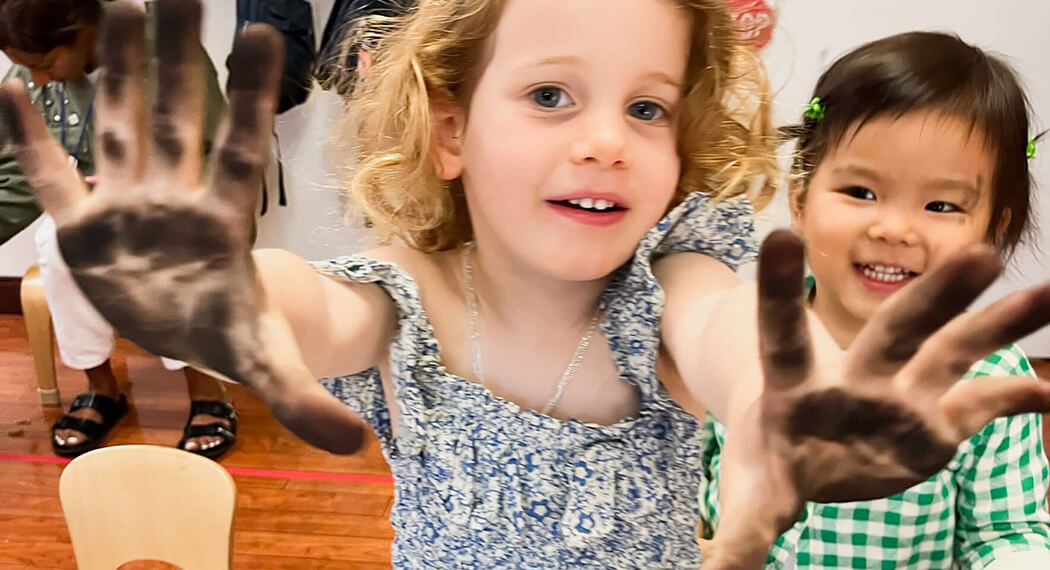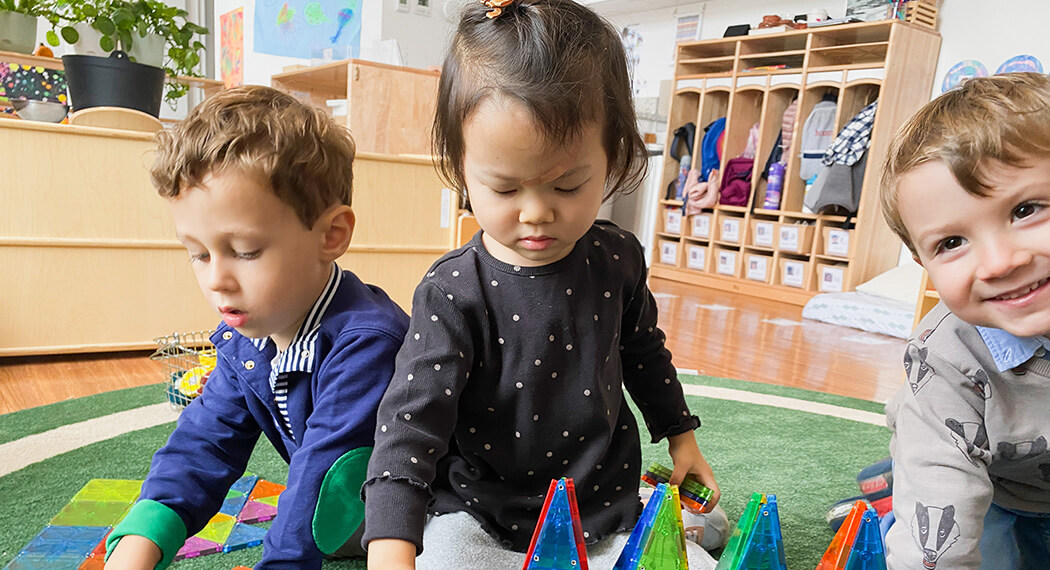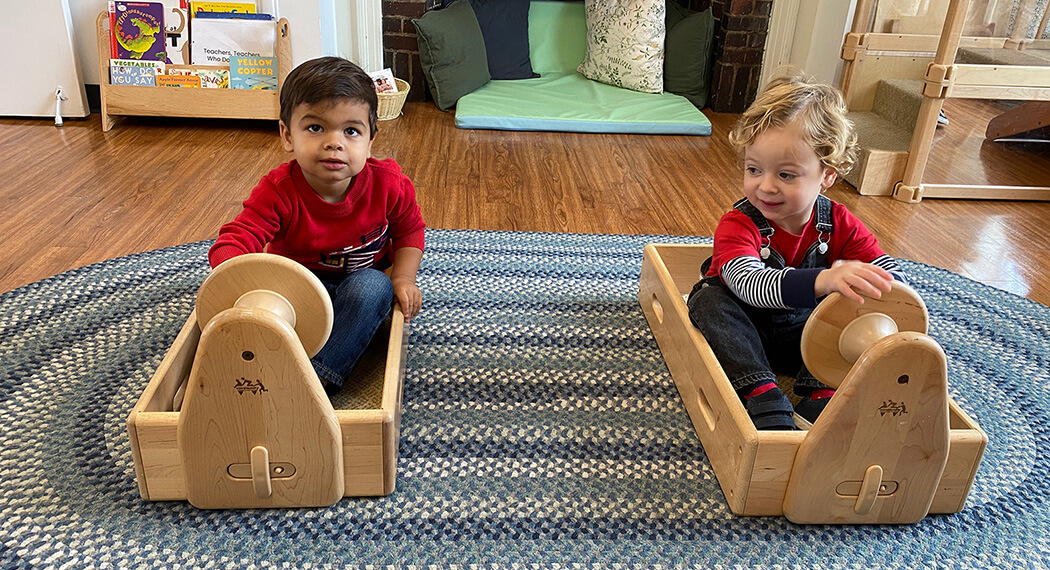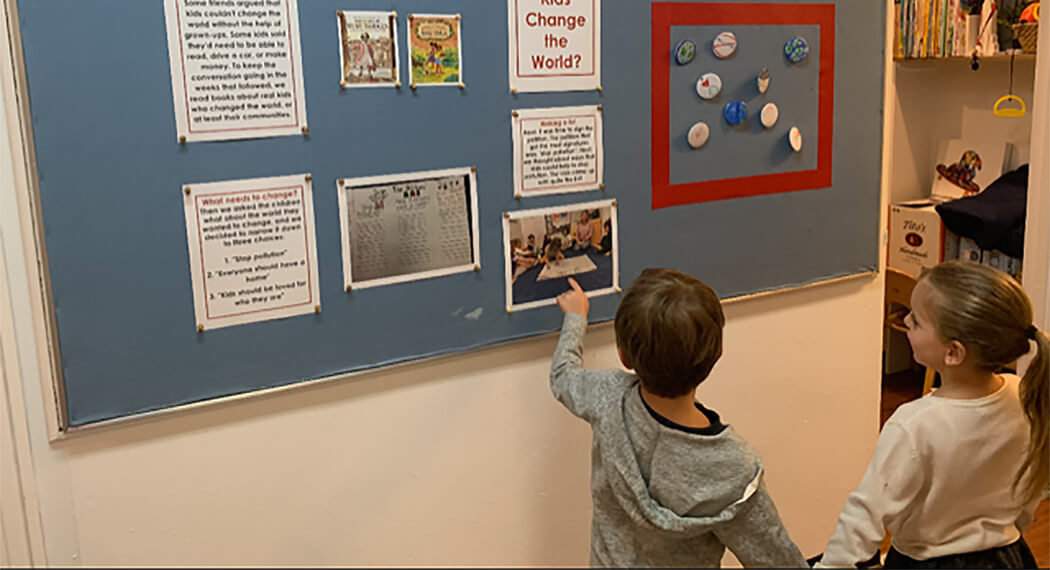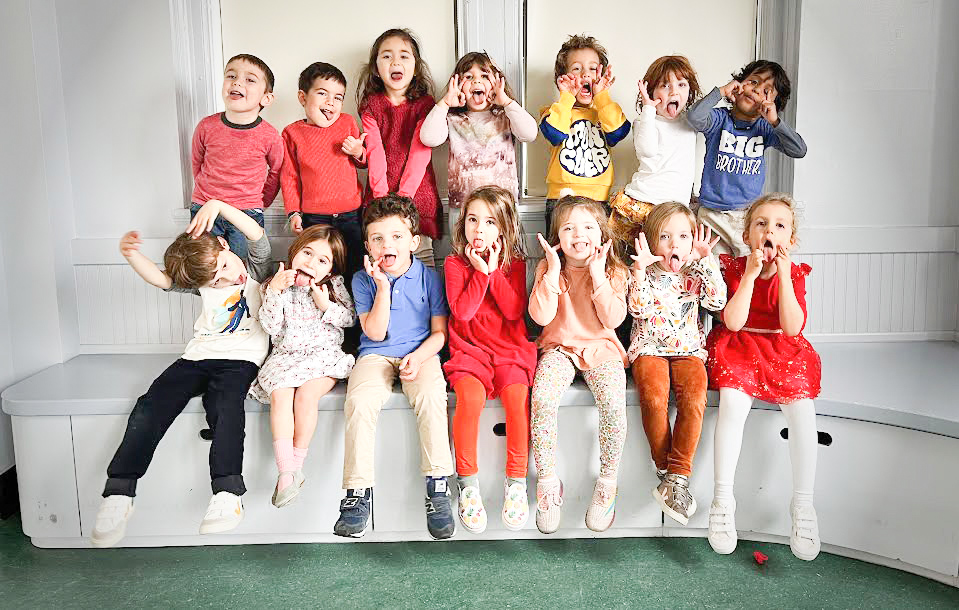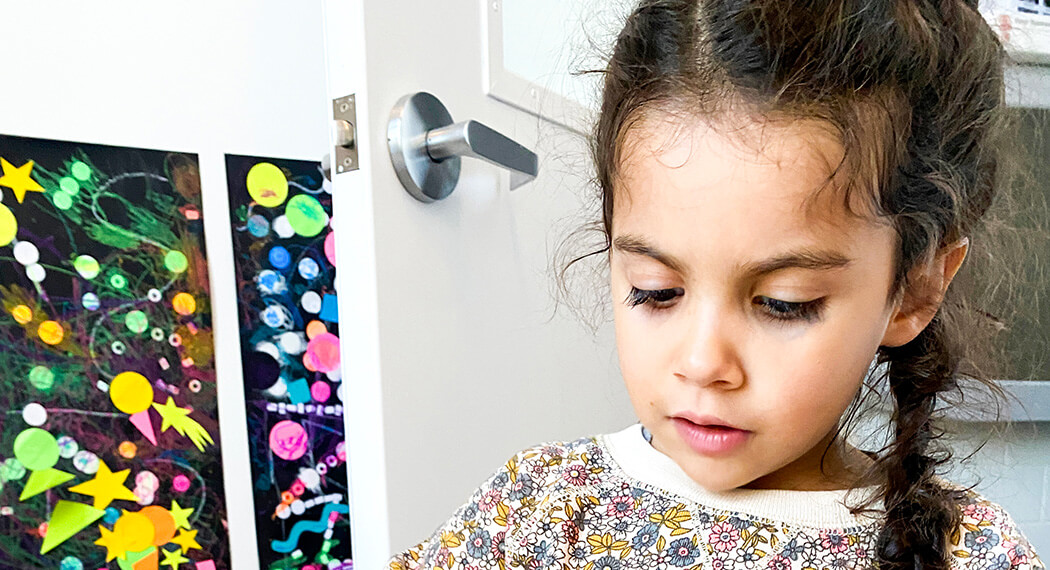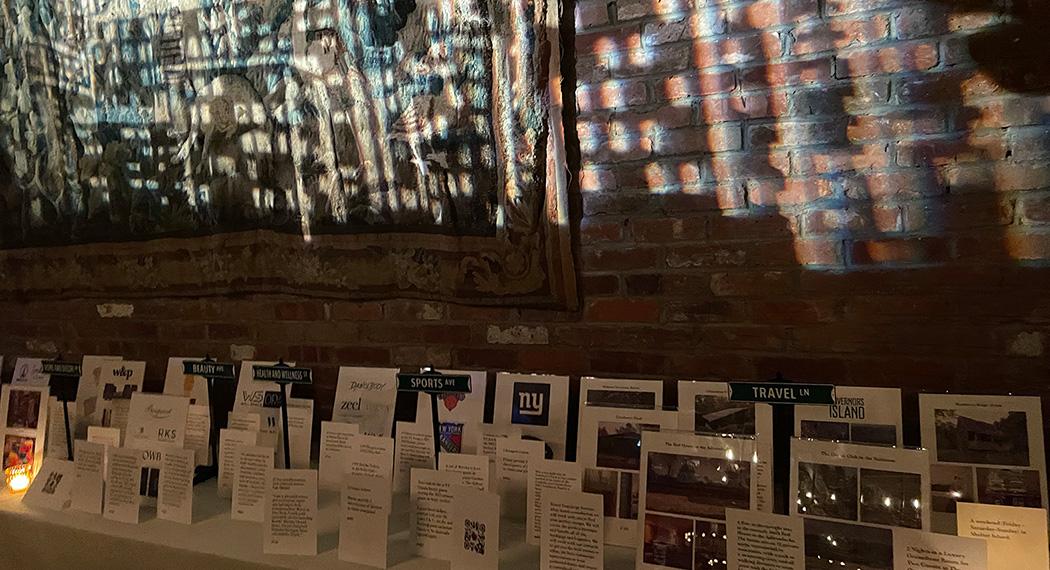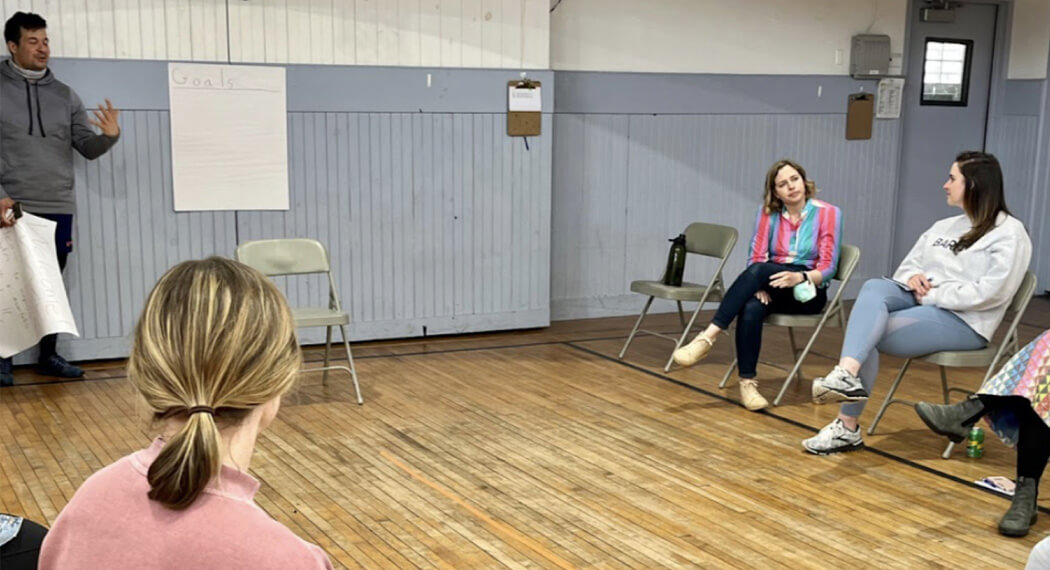Last week in science, the Super Lollipops made observational drawings of the plants on the roof. During that time, I was asked many questions about how the plants would be cared for, including how they would get water. BSNS’s garden does have an irrigation system, but I decided this was an excellent opportunity to discuss precipitation, especially with the change in the seasons and the weather patterns.
We started science this week by briefly discussing clouds and rain, and the Super Lollipops were introduced to the word precipitation. We then read the picture book Cloudette by Tom Lichtenheld.
Creating a cloud in a jar provides a simplistic model, offering a hands-on visual of how it rains. Using a jar, a pipette, water, shaving cream, and food coloring, the Super Lollipops explored how a cloud collects moisture, becomes saturated, and eventually produces rain. The students thought about how many drops it would take to fill the shaving cream “cloud.” They noticed that the more drops they added, the larger their clouds became. Some clouds grew higher up out of the jar, and some started to overflow the edges of the jar. They marveled at the “storms” they created in their jars as the colored water mixed and became dark. *Putting a little art and creativity into scientific learning in early childhood is beneficial as children engage in the joy of learning.
The science: Clouds are formed as water vapor rises into the air. As it rises, the water vapor collects small dust and debris particles, forming droplets. As these droplets condense, they form clouds. Rain is formed when the droplets and debris crystals in the cloud become heavy, and gravity starts to pull them down towards earth as raindrops.




